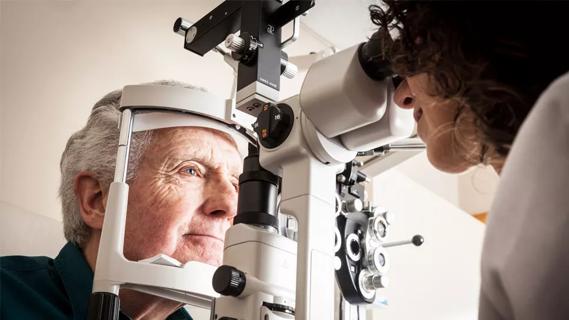Advertisement

Even subtle red flags can portend serious risks for older victims

Complications highlight need to exercise caution when managing geriatric patients

Patient’s favorite food helps guide decisions regarding end-of-life interventions

Community hospitals trial geriatric-friendly care model
Advertisement
Cleveland Clinic is a non-profit academic medical center. Advertising on our site helps support our mission. We do not endorse non-Cleveland Clinic products or services. Policy

Focus on patients’ priorities can aid decision-making, reduce treatment burden

Researchers use patient data to strengthen clinical prediction models

A primer on sustained release options

Study explores association between sleep aid and eye disease

Cleveland Clinic Cognitive Battery identifies at-risk patients during Medicare annual visits

Multiple Cleveland Clinic sites to participate in National Cancer Institute trial comparing treatment regimens for newly diagnosed patients
Advertisement
Advertisement